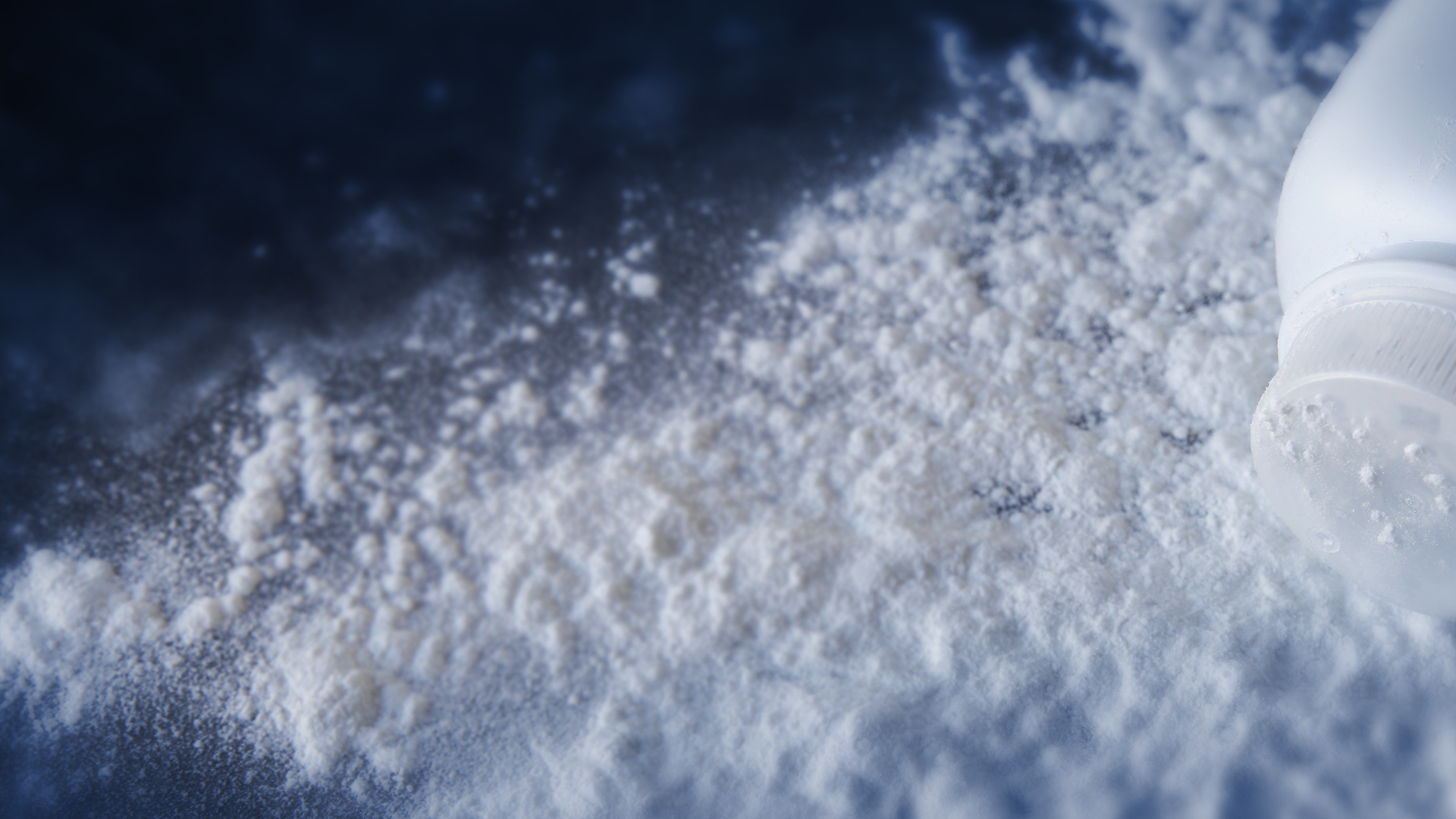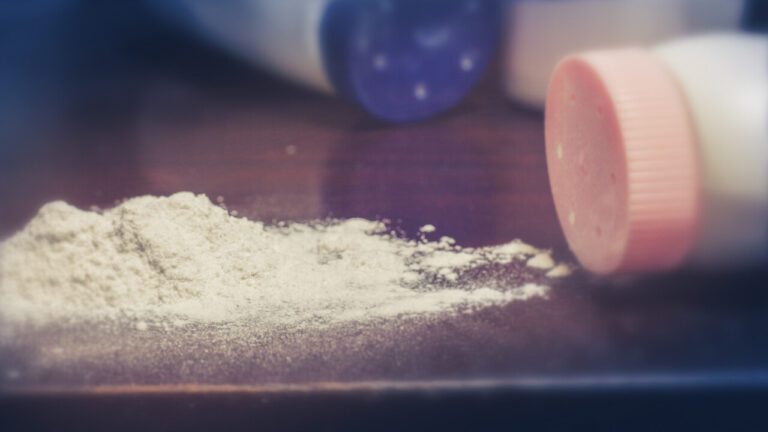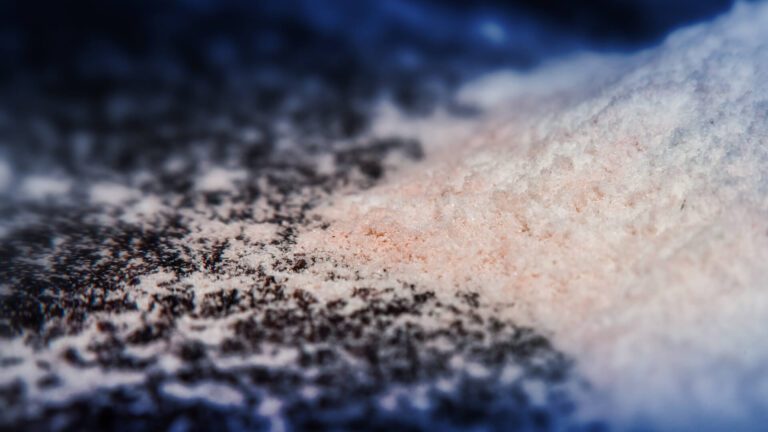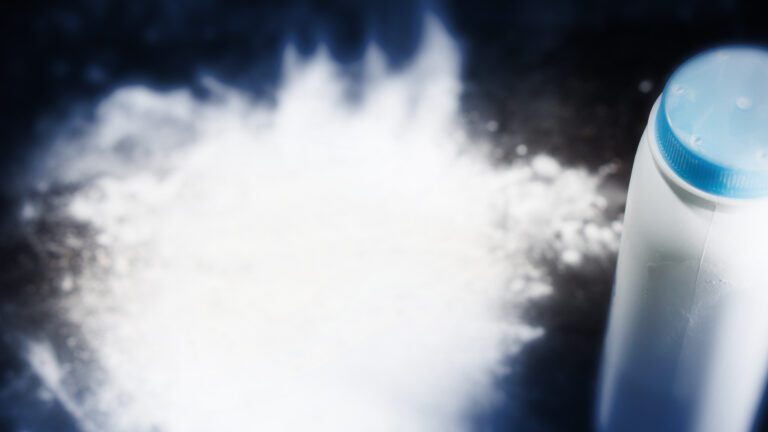
The Talcum Powder Litigation Timline
Initial Reports: 1900 – 2003
1930s
First records of the harmful effects of talc on human tissue.
1971
Researchers discover talc particles on 75 percent of ovarian tumors they examined.
1973
FDA requires talcum powders to be asbestos-free by law.
1980s
Reports show that accidental inhalation of baby powder by infants can lead to serious illness or death.
1992
Researchers determine that regular application of talcum powder to a female’s genital area increases the likelihood of developing ovarian cancer.
1993
The National Toxicology Program reports that cosmetic talc could cause tumors in animals.
2003
Anticancer Research journal published a large scale review of various reviews, stating that there was a 33 percent increased risk of ovarian cancer with long-term use of talcum powder products.
Suits and Litigation: 2013 – 2017
2013
Deanne Berg won the suit against Johnson & Johnson after it failed to warn consumers of the risk of developing ovarian cancer due to its talcum powder products.
February, 2016
A jury in City of St. Louis, Missouri, Circuit Court found Johnson & Johnson liable for the development of Plaintiff Jacqueline Fox’s ovarian cancer and awarded her family a verdict of $72 million. Ms. Fox passed away from her cancer in October 2015. The verdict includes $10 million in actual damages and $62 million in punitive damages
May, 2016
A jury in City of St. Louis, Missouri, Circuit court found Johnson & Johnson liable for the development of Plaintiff Gloria Ristesund‘s ovarian cancer. The jury awarded her a verdict of $55 million, which included $5 million in compensatory damages and $50 million in punitive damages.
October, 2016
A jury in City of St. Louis Circuit Court found Johnson & Johnson liable for injuries resulting from the use of its talc-containing products and awarded Plaintiff Deborah Giannecchini $70.075 million after agreeing the products contributed to the development of her ovarian cancer. For the first time, a jury also found J&J talc supplier Imerys liable for damages as well. The verdict includes $575,000 in medical damages, $2 million in compensatory damages, and $65 million in punitive damages.
May, 2017
A jury in the City of St. Louis found J&J, along with its talc supplier, Imerys Talc America, liable for Plaintiff Lois Slemp’s ovarian cancer, and awarded a verdict of more than $110 million. The verdict includes $5.4 million in compensatory damages, and $105 million in punitive damages.
August, 2017
On Aug. 21, a Los Angeles, California, jury awarded Plaintiff Eva Echeverria $417 million, finding Johnson & Johnson talcum powder products responsible for her ovarian cancer. This was the first of hundreds of similar cases filed in California to go to trial.
Aftermath and Discoveries: 2018 – Current
December 5, 2018
Health Canada and Environment and Climate Change Canada issue a warning that talc in cosmetics and natural health products (including face, body and foot powders, body wipes, and genital deodorants) poses a “potential risk of lung effects and ovarian cancer.”
December 14, 2018
Reuters published an exposé that revealed that Johnson & Johnson knew for decades that the raw talc and finished powders used in its talcum powder products contained cancer-causing asbestos.
December 20, 2018
Sen. Edward Markey (D-Massachusetts), a member of the U.S. Senate’s Environment and Public Works Committee, calls on the Food and Drug Administration to conduct an investigation into allegations raised by the Reuters report that Johnson & Johnson’s talc was contaminated with cancer-causing asbestos.
February, 2019
Johnson & Johnson’s talc supplier, Imerys Talc America, filed for Chapter 11 bankruptcy to protect itself from more than 14,000 lawsuits alleging its talc causes ovarian cancer and mesothelioma.
March, 2019
The FDA issues a statement that it had confirmed reports that talc-containing makeup products for tweens sold by retailers Claire’s and Justice tested positive for asbestos. Justice had recalled its products in question but Claire’s did not. The FDA thus issued a Safety Alert to warn consumers not to use certain Claire’s products due to the risk of asbestos exposure.
October 18, 2019
Johnson & Johnson issued a recall of one lot – about 33,000 bottles – of Johnson’s Baby Powder after testing by the Food and Drug Administration (FDA) found chrysotile fibers, a type of asbestos, in the products. The recall prompted some national retailers – including Walmart, Rite Aid, CVS and Target – to pull all 22-ounce bottles Johnson’s Baby Powder from their shelves and in some cases issue a “Do Not Sell” register prompt as a precaution.
April 27, 2020
The judge overseeing the talc federal multidistrict litigation (MDL) in Daubert hearings rules that the scientific and medical experts proposed by the plaintiffs’ steering committee are qualified to testify regarding the link between genital talc use and ovarian cancer. The ruling paves the way for future bellwether trials in the MDL.
May 19, 2020
Johnson & Johnson announces it will discontinue sales of its iconic talc-containing Johnson’s Baby Powder in the United States and Canada due to lagging sales and mounting lawsuits alleging its talc-containing products cause cancer.
We Can Help You Fight Back
Beasley Allen’s Talc Litigation team has been privileged to represent thousands of women who developed ovarian cancer after using talcum powder on their genitals for feminine hygiene, and continues to investigate these cases.
If you or a loved one has developed ovarian cancer after using talcum powder on the genitals for feminine hygiene, you may be entitled to compensation for medical expenses, loss of wages, and pain and suffering. Contact us for a free consultation with the leaders in talcum powder litigation.
Related News
J&J’s Bankruptcy Attempt Won’t Resolve Talc-Related Claims, Birchfield Says
Yet another attempt by Johnson & Johnson to file for bankruptcy won’t resolve the talc-related…
Andy Birchfield and Beasley Allen Take Lead in Fight Against J&J’s Talc Litigation Bankruptcy Maneuver
Mass Tort Leaders Birchfield and Papantonio Spearhead Legal Initiative to Safeguard Plaintiffs’ Rights and Accountability…
Talc Talk: Leigh O’Dell weighs in on Johnson & Johnson litigation
Beasley Allen principal Leigh O’Dell co-chairs the Talc multidistrict litigation (MDL) Plaintiffs’ Steering Committee. The…



